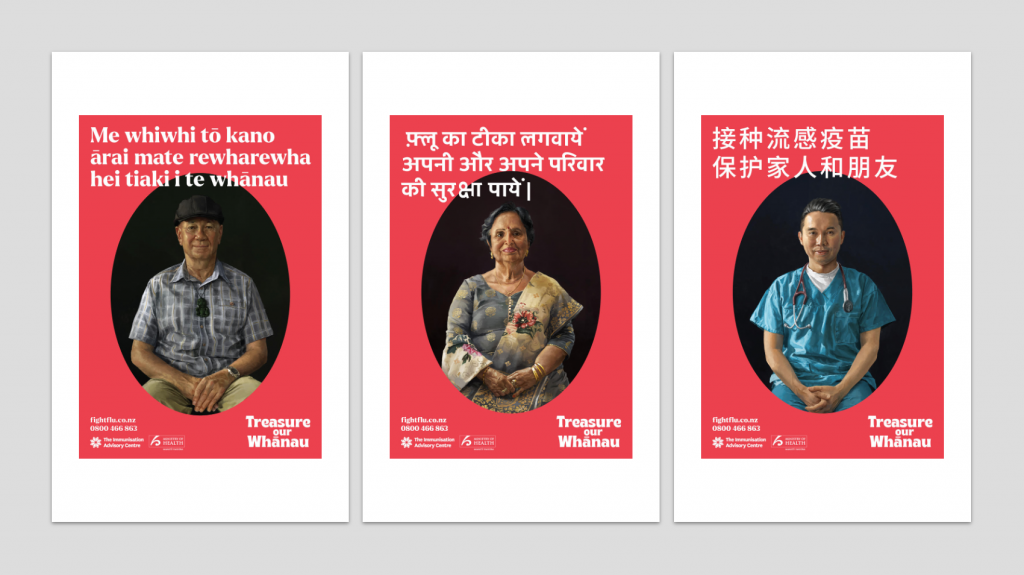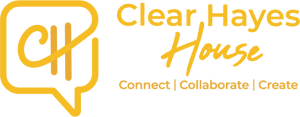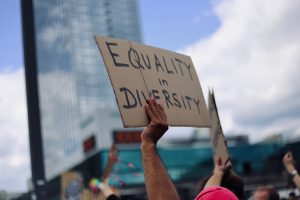This article was created by Clear Hayes on behalf of Advertising Week APAC.
“There’s a lot of positivity surrounding this conversation now. The advertising world is smart. It learns quickly about what’s right and wrong. Although we might not always get it right, we try our best to get it right in the end.”
That’s the insight from Raymond Otene McKay, Chief Creative Officer of Māori-owned agency, Run. McKay heads Run with his partner and Co-Founder, Laura Cibilich. For McKay, the significance of Māori culture was noticed first by tourists coming into New Zealand, and then more widely accepted and portrayed by the advertising industry.
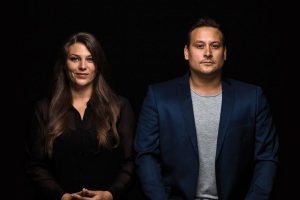
“I always look at the advertising and design industry and feel like we’re pretty far ahead of a lot of industries. When you’re an open-minded creative, you create cool shit. So creatives, in general, are pretty accepting and are always trying to learn new ways of including things,” McKay says.
Not just ticking a box
For McKay, Māori inclusion through proper consultation across the creative process needs to happen right from the start. But first, he believes, agencies need to move past the notion that inclusion is going to affect budgets or output.
“The richness of that consultation can actually guide the quality of the outcome and the execution. The challenge is getting people over the perception that it may affect the creative.
“Regardless, nowadays you have to think of the cultural side of all processes and projects. So for that reason, it’s time and cost-effective to have proper counsel from the beginning,” says McKay.

For Run Co-Founder Laura Cibilich, inclusion at every step of the creative process lends authenticity to your efforts towards respecting cultural values and norms. This is equally the case when including indigenous cultures in your advertising or organisational practice.
“People need to think of their processes from a cultural perspective right from the start and throughout, not as an afterthought, or to tick a box,” she says.
Australian-based creative agency Campfire X’s Indigenous Creator, Peter Kirk, believes authenticity comes from proving that you and your operations are working towards improving diversity and inclusion.
“Setting goals makes it authentic. If you have a hard target, or goal, and it’s written down on paper, then it’s authentic. Organisations have got to set goals, and they’ve got to fuel deliverable KPI’s that have some sort of financial accountability behind them,” Kirk explains.
Campfire X is an indigenous-owned agency that works to communicate with all of Australia, using indigenous thinking and processes in the work it does. For Kirk, it is important to acknowledge the success and growth of an industry that “is starting from zero”.
“There is still a way to go. But people are more aware of the need for it now. There’s a lot of brand and corporate governance from Australians, who are now asking a lot more questions in this space. So there’s a lot more rigour up front, especially in the pitching process,” Kirk says.
Building from the ground up
Like Run agency’s McKay and Cibilich, Kirk states that inclusion starts from scratch, and recommends looking at bringing more indigenous individuals and practises into organisations at an entry-level.
“The industry needs to start creating clearer pathways and opportunities from the bottom up. There needs to be recruitment policies, and the current hiring practices of advertising people needs to change to focus on diversifying,” he says.
One organisation working to put these pathways into effect is the New Zealand Communications Council. One of its executive board members – and Managing Director of Wunderman Thompson – Megan Clark Cook, says increasing diversity and inclusion in the industry starts with representation.
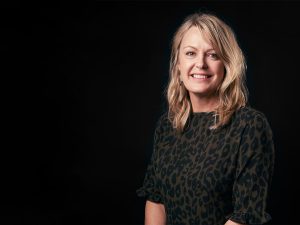
“We know that we simply aren’t attracting Māori and Pacific people into our industry, and there are a few reasons for this. One is the fact that younger generations from these backgrounds don’t see themselves as properly represented in the industry,” Cook says.
To address this issue, the Comms Council is working closely with culturally diverse schools and communities around New Zealand. In doing so, it is introducing the industry to new generations and educating them around potential career opportunities.
“The reason why we are on this journey, and why this is so important, is that by having the right balance of cultural diversity in our organisations, we will do better work. Because we are drawing on so much rich talent from different backgrounds, we’re better representing the makeup of New Zealand,” says Cook.
For indigenous people, Cook says organisations must also make sure they are allowing space for them to grow, without forcing conformity.
“We need to have organisations that are built on multicultural foundations and principles. So to do that, we have to ensure that our work from leadership down has awareness around cultural competency and cultural confidence,” she says.
Forging a new generation of leaders
A favourite quote of Cook’s is, ”Don’t build the tent and invite people in, invite people to help you build the tent”. This, she says, is a perfect insight into how the industry can become more inclusive, and not just one that includes indigenous culture as an afterthought.
“You’ve got to start with building an inclusive workplace that is genuinely and authentically designed. It calls for the right people advising us to ensure we’ve got the foundations in place. That way, every single person who comes in – no matter who they are, where they’re from or what their background is – can thrive,” she says.
For Run agency’s McKay, diversifying your practice is about engaging with indigenous people and “letting them be the rangatira (leaders) that they are in those spaces”.
“Normalising diversity is going to take time. We all know the big companies here are run by our other ancestors with those older attitudes. But they are slowly starting to change, and we’re starting to see the effects of that,” he adds.
Cibilich says when working towards improved cultural inclusivity and practises in your business, it can be as easy as calling someone from the appropriate community for their opinion, as a sign of respect for the process.
“Nothing has to be extremely formal. Just start somewhere rather than being too scared to do anything,” she explains.
Campfire X’s Kirk outlines another approach to respecting cultural differences.
“The most important thing is increasing your understanding of indigenous culture, belief systems, and really listening to feedback, so you’ve got a greater understanding of the intricacies of working with indigenous people.
“So, just shut up and listen,” Kirk says.

